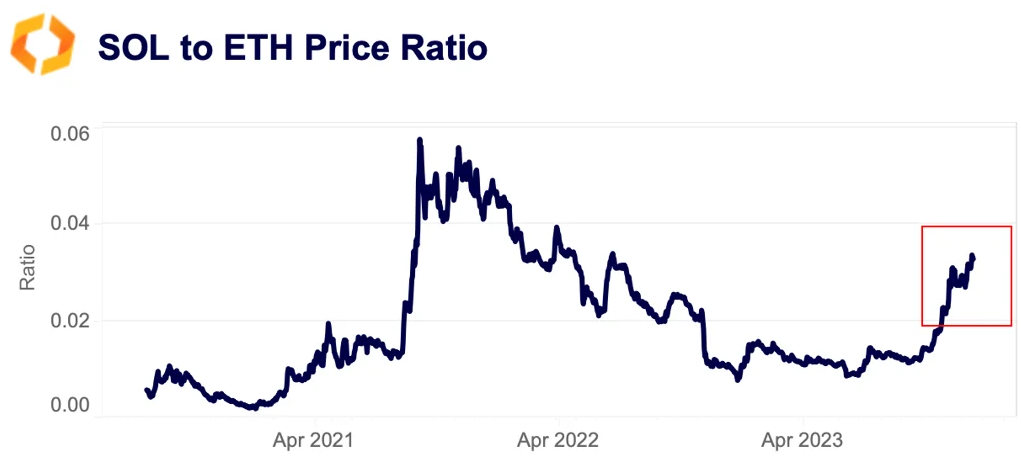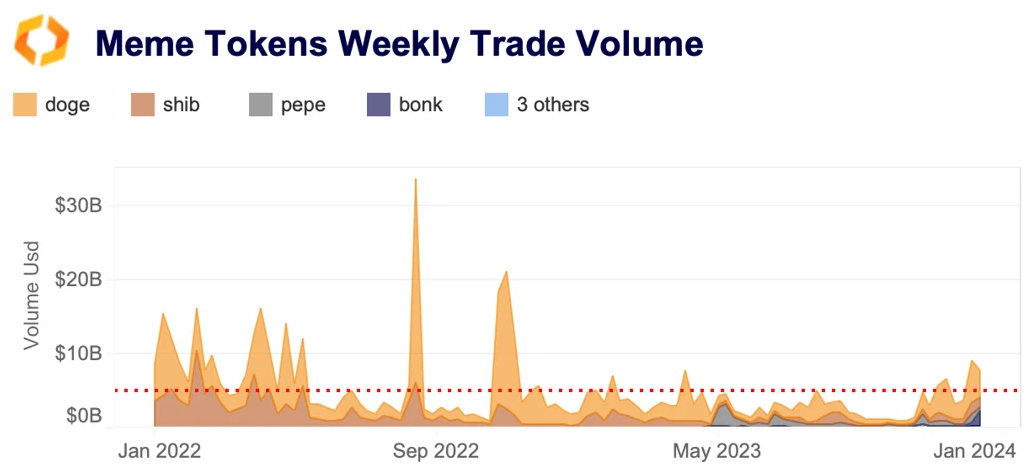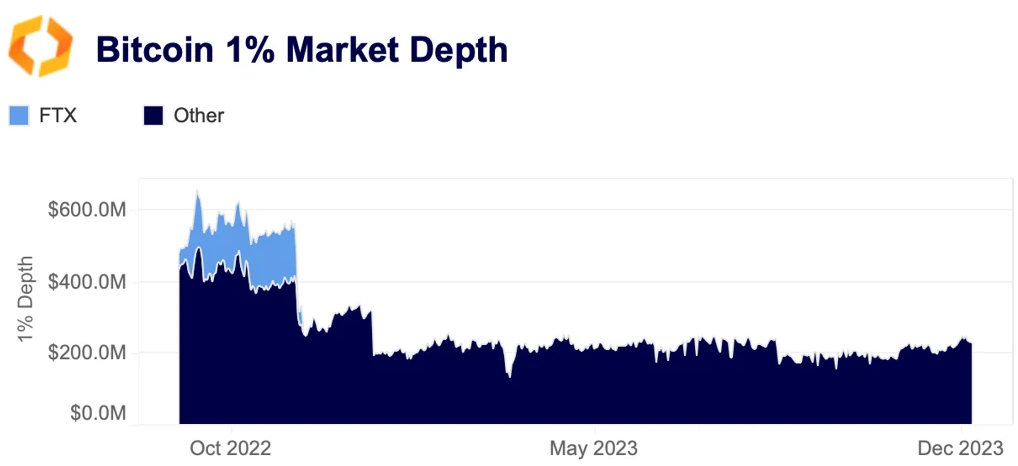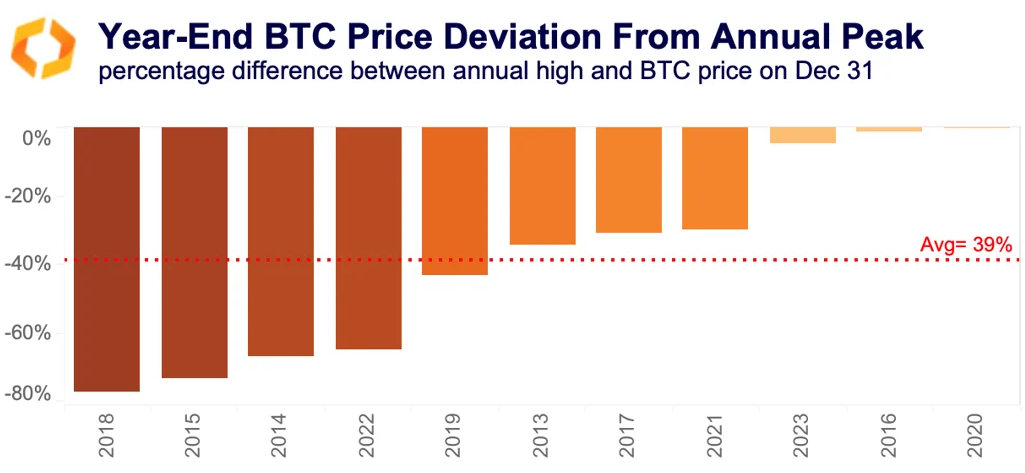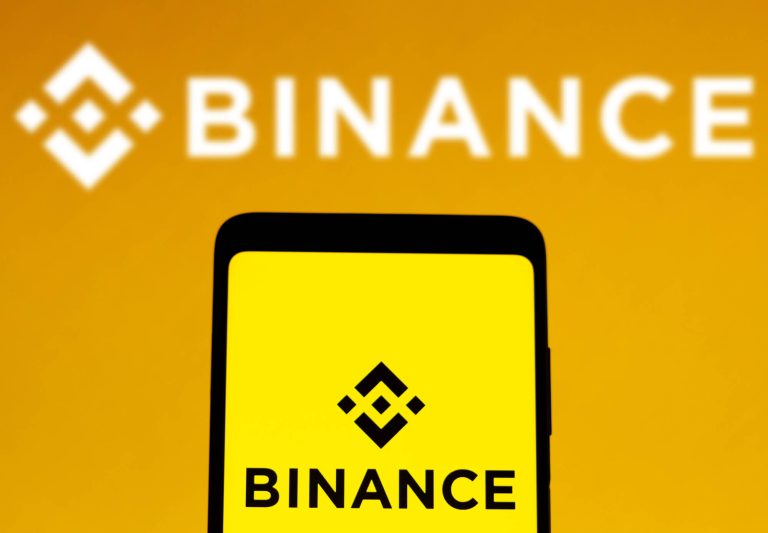A summarizing review of what has been happening at the crypto markets. A look at trending sectors, liquidity, volatility, spreads and more. The weekly report in cooperation with market data provider Kaiko.
Markets pulled back slightly last week, with BTC now trading at just under $41k after the SEC denied Coinbase's rule-making petition and Ledger suffered a major exploit of its Web3 connector, impacting dAPPs for many popular DeFi protocols
What the BONK rally says about Solana
Memecoins are nothing new, but a new entrant has taken the crypto industry by storm: BONK. The Solana-based memecoin surged 40% last week after getting listed on Coinbase, and is up a whopping 850% YTD.
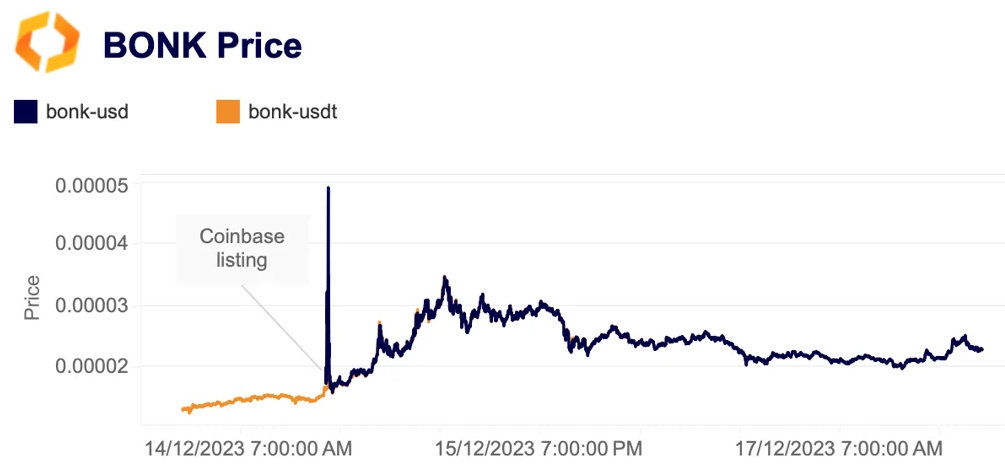
BONK was actually created last year in the aftermath of SBF's downfall when sentiment around the Solana ecosystem was at all time lows. So what explains the surge? Recently, BONK has gained adoption beyond its meme origins, with several Solana projects integrating the token for payments.
The rally also correlates with renewed enthusiasm around Solana, which has remained resilient despite immense headwinds triggered by FTX's collapse. SOL is one of the year's best performers and is far outpacing ETH since early Fall, with the SOL/ETH price ratio reversing for the first time since 2021.
The SOL rally has reportedly upended the FTX bankruptcy claims market. The FTX estate still holds ~$4.2bnSOL, up from just $1.16bn at the start of the year, causing the market for claims to turn "red hot" as the value of FTX's crypto holdings rise. The BONK rally also caused Solana phones to sell out because they included a 30mn BONK airdrop.
As for memecoins, trade volumes are still well below all time highs but are above the two-year average. Trade volume for the top seven memecoins was just above $9bn last week, up from yearly lows of $1bn.
While BONK's gains may not last forever, the token's ascent highlight Solana's almost miraculous recovery. At the start of 2023, many considered the ecosystem as good as over, but today, DeFi protocols are thriving and developers continue to build.
Will an ETF boost Bitcoin's liquidity?
There’s no sugar-coating the facts: both volumes and order book depth have dropped across the board, for all assets, on all exchanges since the FTX collapse. But, with a possible spot ETF approval as soon as January, there is hope that liquidity could soon see a real recovery (despite some risks of a negative impact).
Bitcoin is poised for a strong year-end
Historically, year ends have not been a great period for crypto markets, with BTC closing the year down 40% on average relative to its annual peak over the past decade. This year, however, BTC is down just 4.8% (so far) relative to its YTD high hit on December 9th, boosted by a cocktail of spot ETF enthusiasm and the U.S. Fed's monetary pivot. Over the past ten years only two other year-ends have been better: 2016 and 2020.
The U.S. Fed signals a monetary policy pivot
Last week, the U.S. Fed signalled the end of its most aggressive monetary policy tightening cycle in four decades, boosting a cross assets rally. BTC gained nearly $1k in the hours following the Fed meeting. The Nasdaq 100 hit a record high for the first time since 2021 while US Treasury yields (which move inversely to prices) plummeted.
Over the past two years the Fed was the most hawkish central bank among developed countries, with a cumulative increase of 525 bps in rates since the start of 2022, compared to the Bank of England’s 500bps, Canada’s 475bps and the ECB’s 450bps.
Probabilities for a rate cut as soon as March have increased significantly and now hover around 67%, up from 35% a month ago, according to the CME FedWatch tool. Overall, however, markets remain notably more optimistic than the Fed, with investors currently pricing in six 25bps rate cuts for 2024—double the number indicated by the U.S. central bank.
Over the past months, Bitcoin has mostly been driven by crypto-specific factors such as the ETF narrative and the recent Binance deal with U.S. regulators. Its 60-day correlation with the Nasdaq 100 has fallen from an average of more than 60% in 2022, to a negative 7% last week. However, the end of the most aggressive hiking cycle in years should help broaden the crypto rally attracting new capital into altcoins.


